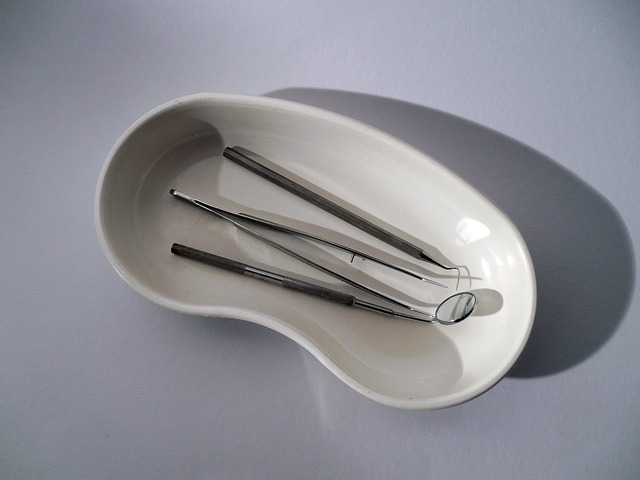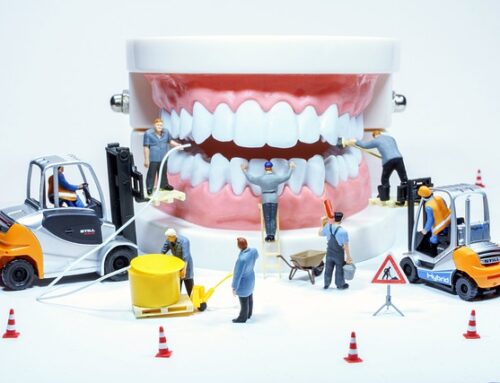Today’s busy dental practices face a serious challenge, which is to maintain or increase productivity while ensuring that patient safety remains a top priority. At times, these may seem like incompatible goals. However, advances in dental processing equipment have empowered practices to develop safer processes while identifying efficiencies and ultimately, saving money.
At Pinnacle Peak Family Dentistry, Dr. Sara has moved away from disposable instruments. Instead, she uses a high standard of sterilization to help keep waste down in her office.
Cleaning and sterilization. A cleaning and sterilization process that meets the American Dental Association (ADA) and Centers for Disease Control and Prevention (CDC) guidelines is vital to an effective infection control program. Streamlining of this process requires an understanding of proper methods, materials, and devices. Many methods of instrument reprocessing are available. Use of a complete system that encompasses and fulfills all elements that are critical maximizes efficiency and minimizes risks.
Difference between disinfection and sterilization. Disinfection destroys most pathogenic and other microorganisms by physical or chemical means. However, sterilization destroys all microorganisms, including substantial numbers of resistant bacterial spores, by heat (steam autoclave, dry heat, and unsaturated chemical vapor) or liquid chemical sterilants. Disinfection does not ensure the degree of safety associated with sterilization processes.
Contact Dr. Sara at Pinnacle Peak Family Dentistry to learn more about her high standard for sterilization and how it improves patient care.







